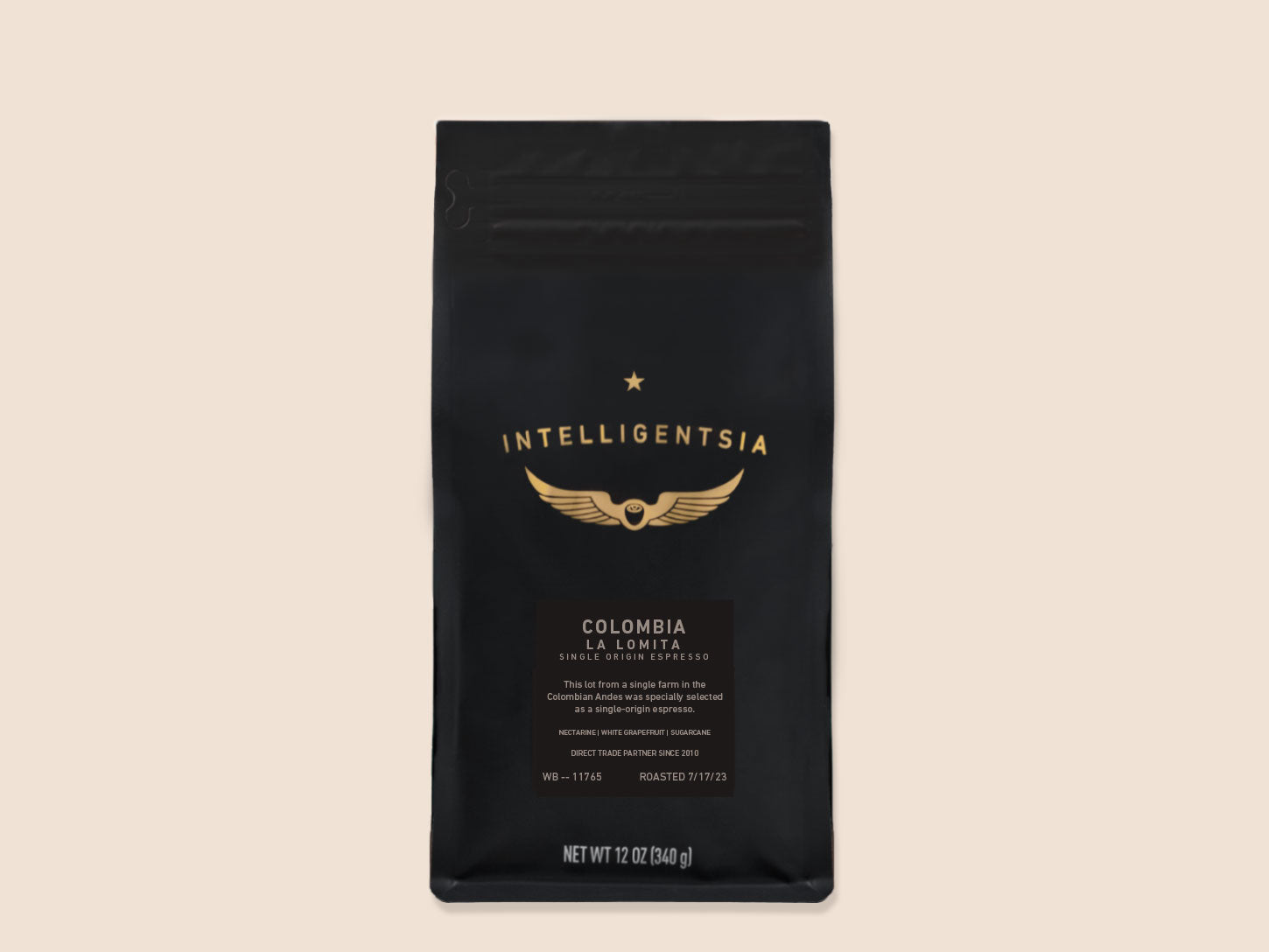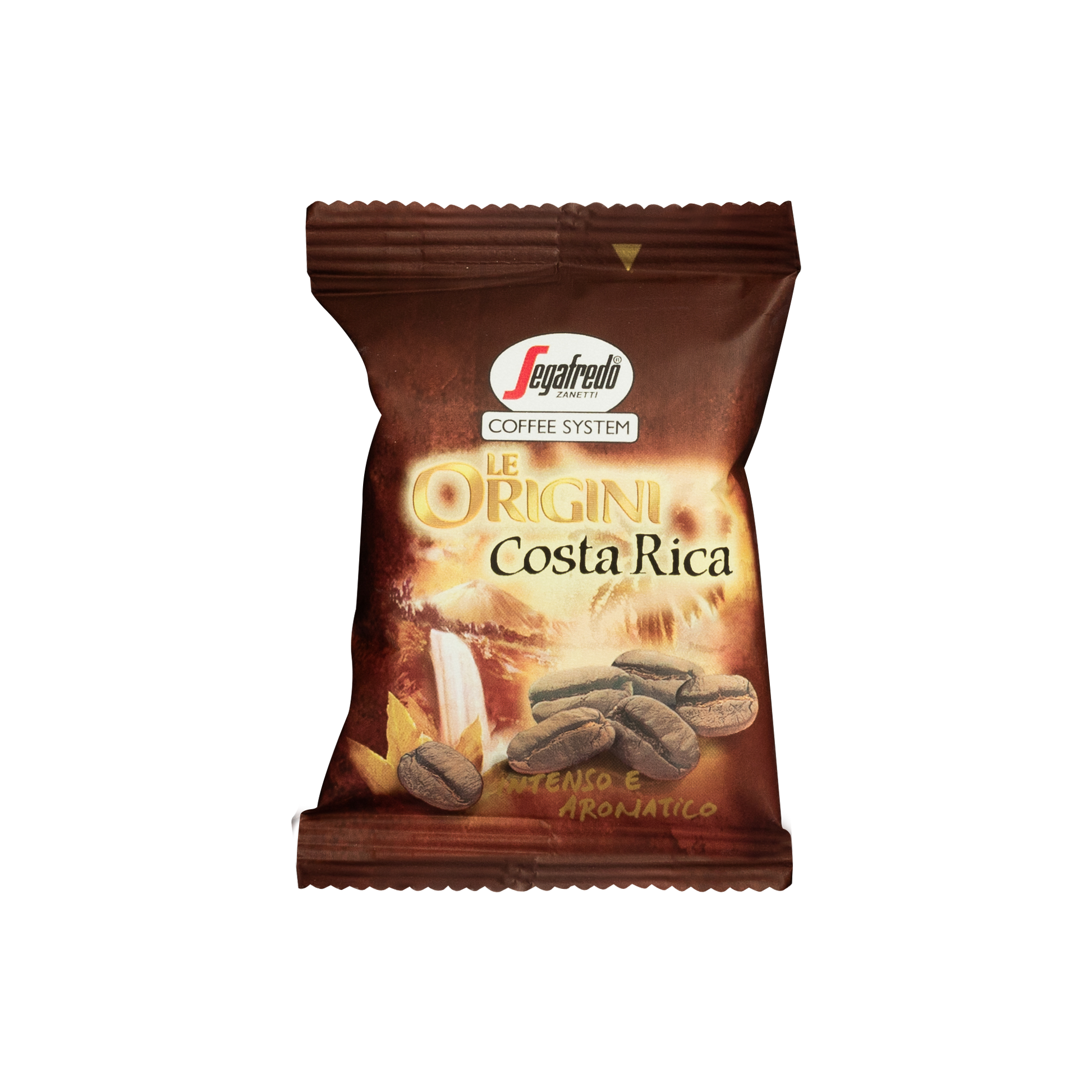SOE Single Origin Espresso – Celebrating Flavors from One Region
SOE Single Origin Espresso – Celebrating Flavors from One Region
Blog Article
Comprehending Coffee Beans: the Trip From Espresso to Blended Coffee Beans

The Origins of Coffee: A Global Perspective
While you could consider coffee as a modern staple, its beginnings map back centuries, intertwining with societies around the world. The tale starts in Ethiopia, where legend claims a goat herdsman called Kaldi uncovered the stimulating results of coffee beans after seeing his goats romping vigorously after eating them. This triggered rate of interest, leading to coffee's infect Arab traders that treasured the brewed drink. By the 15th century, it reached Persia, Egypt, and Turkey, where coffee shops ended up being social hubs for discussion and culture.
As trade paths increased, coffee made its way to Europe in the 17th century, promptly gaining appeal. It transformed from a mystical beverage right into a daily routine, motivating events and intellectual exchanges. Each culture added its distinct spin to coffee prep work, improving its history. This global journey highlights just how coffee attaches us, transcending borders and unifying diverse customs via a simple bean.
Farming and Harvesting of Coffee Beans
As coffee's journey progressed, the emphasis changed to the cultivation and harvesting of particular bean selections, specifically those used for espresso. You'll discover that coffee beans frequently come from Arabica or Robusta plants, each offering unique tastes. The suitable expanding conditions include high elevations and abundant, well-drained soil, which enhance the beans' high quality.
Throughout the harvest, selecting approaches differ. In some regions, employees hand-pick ripe cherries, ensuring only the most effective fruit goes to handling. In various other areas, mechanical farmers are made use of, particularly on larger farms. Timing is important; you wish to collect when the cherries get to peak ripeness for optimum taste.
Once gathered, the beans are gotten ready for processing, which is essential in identifying their last preference. Understanding the farming and collecting processes offers you insight right into what goes right into your favorite coffee, enriching your appreciation for each and every cup.
Handling Techniques: From Cherry to Bean
Now that you have actually learnt more about gathering espresso beans, allow's explore how those cherries change into the coffee beans you love. You'll see just how various harvesting techniques effect taste, complied with by the important actions of fermentation and drying. We'll break down the milling and grading procedure that determines your coffee's top quality.
Gathering Strategies Clarified
When it pertains to coffee, comprehending harvesting techniques is essential, given that they directly influence the flavor and top quality of the beans you take pleasure in. There are two main methods: discerning selecting and strip selecting. Selective choosing entails hand-picking only ripe cherries, ensuring you obtain the best high quality beans. This approach commonly results in a richer taste profile, though it's more labor-intensive. On the various other hand, strip picking ways collecting all cherries at once, regardless of perfection. While it's quicker and cheaper, this can result in a mix of flavors, impacting the final item. Ultimately, the option of harvesting method can greatly affect your coffee experience, so it deserves knowing how those beans made it to your cup.
Fermentation and Drying Out
After harvesting, the following actions in processing coffee beans play a significant function in forming their taste. You'll discover that fermentation is crucial, as it helps break down the mucilage bordering the beans, boosting their taste account. Depending on the approach, this process can last from a couple of hours to numerous days, with varying results based on temperature and humidity.
Once fermentation is full, drying out follows, which is just as essential. You can pick from mechanical or sun-drying drying techniques. Sun-drying permits the beans to soak up flavors from the atmosphere, while mechanical drying guarantees consistent dampness levels no matter climate. Appropriate drying is vital to avoid mold and maintain the beans' high quality, ultimately affecting your mug of coffee.
Milling and Grading Refine
As fermentation and drying established the stage for flavor growth, the milling and grading process assurances that just the very best coffee beans make it to your mug. This stage includes getting rid of the outer layers of the coffee cherry, consisting of the parchment and husk. After milling, the beans are sorted by size and weight, ensuring an uniform top quality. You'll find that grading assists recognize defects and classify beans, which influences taste and aroma. High-quality beans get a greater quality, resulting in a richer coffee experience. When rated, the beans are all set for packaging and shipping, protecting their one-of-a-kind characteristics. This precise procedure is crucial for providing the exceptional taste you enjoy in every sip of your preferred mixture.
Toasting Techniques: Unlocking Flavor Potential
When you roast coffee beans, the method you select can substantially influence the taste profile. Understanding the relationship between time, temperature, and roasting methods is crucial to exposing the possibility of your mixture. Allow's check out exactly how these components collaborated to create the perfect mug.
Toasting Approaches Clarified
While you may think that all coffee toasting methods generate the very same results, the fact is that each strategy discloses one-of-a-kind taste capacities in the beans. Drum toasting utilizes a rotating drum to evenly disperse heat, boosting caramelization and producing a well balanced flavor. Air roasting, on Continue the various other hand, circulates warm air around the beans, advertising a lighter roast with noticable level of acidity.

Impact on Flavor Account
Different toasting approaches not only affect the procedure however additionally considerably influence the flavor profile of the coffee beans. When you pick a light roast, you'll experience bright level of acidity and floral notes, showcasing the bean's beginning. In comparison, a medium roast balances level of acidity with sweetness, frequently exposing chocolatey touches. Dark roasts, on the other hand, draw out vibrant, great smoky flavors, often covering up the bean's unique attributes. Each strategy reveals different oils and compounds, causing a wide variety of tastes. By experimenting with different toasting designs, you can uncover which accounts resonate with your palate. Comprehending these nuances assists you value the virtuosity behind your mug of coffee, boosting your overall experience with every sip.
Time and Temperature Level Factors
To release the complete taste potential of coffee beans, both time and temperature throughout the roasting process play significant roles. When toasting, you'll locate that greater temperature levels can swiftly establish flavors, however if you rush it, you might wind up with charred notes. On the other hand, lower temperatures enable a much more progressive taste growth, showcasing the beans' unique features.

Timing is simply as crucial; prolonging the roast too long can lead to a loss of level of acidity and brightness, while also brief a roast might leave the beans underdeveloped. Locating that pleasant spot calls for practice and trial and error. By readjusting these factors, you can disclose the rich, complicated flavors hidden within each bean, developing a really impressive coffee experience.
The Art of Blending: Crafting Unique Coffee Profiles

Begin by picking a base coffee that offers a strong foundation. Select corresponding resource beans to enhance certain taste notes. An intense Ethiopian bean can bring fruitiness, while an abundant Brazilian coffee adds body. Trial and error is crucial-- do not hesitate to adjust ratios until you find your suitable account.
As you blend, keep in mind that each combination narrates. You're not just making coffee; you're producing an experience. So, take your time, preference regularly, and appreciate the trip of uncovering your trademark mix.
Brewing Approaches: Just How Prep Work Impacts Flavor
Blending coffee opens up a domain name of taste possibilities, but just how you make that blend can considerably affect your final cup. On the various other hand, a pour-over highlights the coffee's quality and brightness, ideal for showcasing fragile notes.
Coffee, with its high pressure, creates a concentrated shot that accentuates sweet taste and crema. If you choose a lighter brew, consider a chilly mixture technique; it generates a smooth, less acidic taste.
Adjusting variables like water temperature, grind dimension, and make time can transform your coffee's account. Embrace the art of brewing to uncover the flavors hidden in your coffee blends.
The Future of Coffee: Sustainability and Technology
As the coffee industry progresses, sustainability and innovation are ending up being important for addressing environmental difficulties and conference consumer demands. You'll observe that even more coffee companies are embracing eco-friendly methods, from sourcing beans morally to implementing sustainable farming methods. These changes not just aid the planet however likewise boost the quality of the coffee you delight in.
You may see innovations like naturally degradable product packaging and water-saving brewing methods that decrease waste. Advanced modern technology, such as blockchain, is additionally becoming popular, guaranteeing openness in the supply chain, which permits you to map your coffee back to its beginnings.
Additionally, purchasing regional neighborhoods and sustaining farmers via reasonable get more trade efforts promotes an extra sustainable coffee community. As you drink your next cup, keep in mind that your choices can add to a brighter future for coffee. By going with lasting brand names, you're not just taking pleasure in a drink; you're making a positive impact on the world.
Often Asked Inquiries
What Is the Difference Between Arabica and Robusta Beans?
Arabica beans are smoother, sweeter, and have a higher level of acidity, while robusta beans are more powerful, extra bitter, and consist of more caffeine. You'll notice these distinctions in taste and aroma when making your coffee.
Exactly How Does Altitude Affect Coffee Bean Taste?
Altitude impacts coffee bean taste significantly. Greater elevations generate beans with brighter acidity and complex tastes, while lower elevations frequently produce beans that are much heavier and much less nuanced. You'll observe these differences in your cup!
What Are the Health Perks of Drinking Coffee?
Consuming alcohol coffee can increase your power, improve psychological focus, and even boost physical performance. It's abundant in antioxidants, might lower the danger of particular diseases, and can advertise a healthier metabolic rate when consumed in moderation.
Can Coffee Beans Be Recycled for Brewing?
Yes, you can recycle coffee beans for developing, yet the taste may be weak. If you delight in trying out, try reusing them in different ways, like chilly mixtures or including in smoothie mixes for an extra kick.
Exactly how Should I Shop Coffee Beans for Freshness?
To keep your coffee beans fresh, keep them in an impermeable container in an amazing, dark area. Avoid subjecting them to warmth, dampness, or light, as these elements can swiftly weaken their taste and aroma.
Comprehending Coffee Beans: the Trip From Coffee to Blended Coffee Beans.
Currently that you have actually learned about harvesting espresso beans, allow's check out just how those cherries change into the coffee beans you love.When you roast coffee beans, the technique you select can dramatically impact the flavor profile - Single Origin Espresso.While you may believe that all coffee toasting approaches generate the same results, the reality is that each method discloses one-of-a-kind flavor possibilities in the beans.Different toasting techniques not just affect the procedure but additionally greatly impact the flavor profile of the coffee beans
Report this page